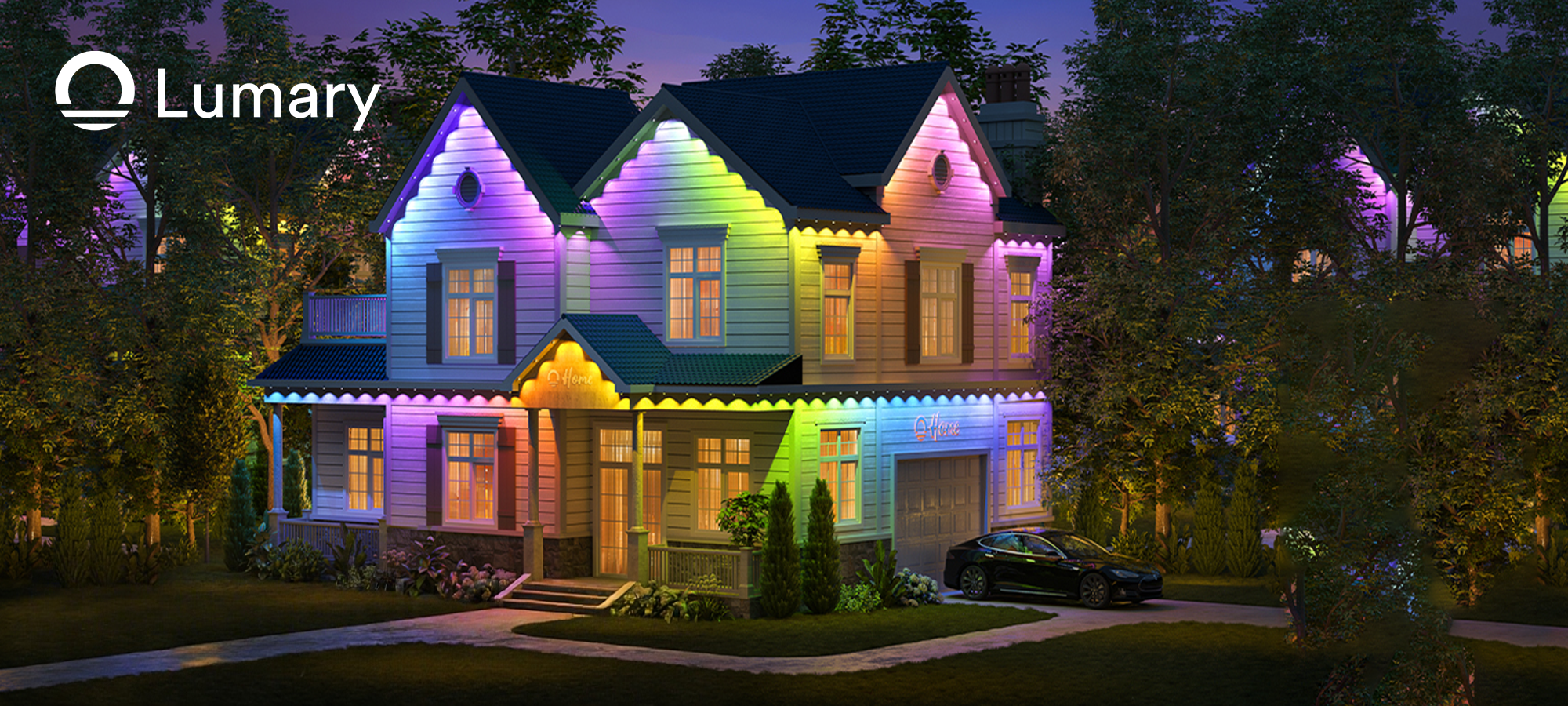Maintenance, replacements, or upgrades depend on knowing the right size of your recessed lights; unfortunately, this can often be difficult. Knowing the precise size of your recessed lighting can help you determine whether your intended replacement is a new installation matching existing lights, a replacement of old fixtures, or LED bulbs.
Although at first glance recessed lights seem similar, each standard size is intended for a different use and space. This article will teach you easy techniques to precisely measure your recessed lights, therefore preventing expensive errors and guaranteeing ideal compatibility when changing your lighting.
What Do Recessed Light Measurements Really Mean?
Two main components—the housing size and the trim size—help one to understand recessed light measurements. Usually ranging from 3 to 6 inches for home uses, the housing size is the actual hole diameter required in your ceiling. Manufacturers standardize these measurements; 4-inch and 6-inch sizes are most often found in households. Light spread and fixture capacity directly depend on the housing diameter.
Trim size relates closely to the housing size but includes the visible portion that covers the housing edge. Trim typically extends about half an inch beyond the housing diameter on each side, creating a finished look. For example, a 6-inch housing usually pairs with a 7-inch trim diameter. Various trim styles are available, including baffle (most common), reflector, gimbal, and decorative options, but all maintain consistent sizing within their respective housing categories.
Pro Tip: When measuring existing fixtures, always note both housing and trim measurements, as you'll need both for accurate replacement matching.

How to Measure Your Recessed Lights
Method 1: Visual Measurement
Essential Tools:
- Tape measure or ruler
- Stepladder
- Flashlight
- Note-taking device
Step-by-Step Guide:
- Turn off light and allow to cool
- Remove trim (if possible)
- Measure across the opening's widest point
- Measure trim diameter separately
- Record both measurements
Measurement Tips:
- Always measure diameter, not radius
- Include complete opening edge to edge
- Round to nearest standard size (3", 4", 5", 6")
- Take multiple measurements for accuracy
Method 2: Model Number Lookup
Location of Model Numbers:
- Inside trim piece
- On housing (visible when trim removed)
- Original packaging or documentation
Understanding Codes:
- First numbers often indicate size. Examples: H7 = 7-inch, R4 = 4-inch, 6IC = 6-inch IC-rated
- Check manufacturer websites for specific coding systems
Pro Tip: Take photos of model numbers and measurements for future reference when shopping for replacements.
Which Size Fits Your Space Best?
Task lighting and accent applications benefit from recessed lights ranging in width from two to three inches. These little lights are ideal for accentuating artwork, lighting undercabinets, or offering concentrated light in tight places. Particularly with LED technology, their low profile makes them more and more sought for in contemporary, simple designs.
Usually 4 to 5 inches, medium-sized lights provide flexible lighting choices for most home uses. For restrooms, hallways, and kitchens especially, these sizes offer outstanding general illumination. For modern houses, the 4-inch size has proven especially popular since it provides a good mix of light output and esthetic appeal without seeming to be overly dominating in the ceiling.
Large 6-inch recessed lights remain the traditional standard for general room lighting. Their wider aperture provides broad light coverage, making them ideal for living rooms, great rooms, and spaces with high ceilings. These fixtures typically accommodate a wider range of bulb options and provide maximum light output.
Specialty sizes (7 inches and larger) are typically reserved for commercial applications or unique residential situations requiring extra-bright illumination or specific lighting effects.

How to Choose the Right Replacement Light
Matching current fixtures calls for meticulous consideration of both housing and trim sizes. Measure both parts to guarantee exact compatibility when replacing conventional recessed lights. Remember that combining many sizes in one area could lead to an uneven look.
LED upgrades offer several approaches:
1. Full Fixture Replacement
- Requires exact size matching
- Consider depth requirements
- Verify dimmer compatibility
2. Retrofit Options
- Most common: 5-6 inch conversion
- Adapter plates available
- Check brightness equivalency
Common Compatibility Issues:
- Housing depth limitations
- Insulation contact ratings
- Dimmer switch requirements
- Voltage specifications
When switching to LED, think about retrofit kits meant especially for your house size. These usually keep current ceiling openings and wiring while offering the most reasonably priced solution.
Experts Recommendation About Led Light Sizing
Before changing any lighting, professional electricians stress the need to know both house and trim measurements. Although trim size affects appearance, correct fit and installation depend critically on housing size. When making replacements, always start with measuring the house since this establishes a basic fit. Think about both measurements to guarantee the intended look for new installations.
Common mistakes to avoid include measuring only the visible trim portion, assuming all 6-inch lights are exactly the same size, and forgetting to account for mounting depth requirements. Keep detailed records of your measurements, including model numbers, manufacturer information, and photos of existing fixtures. This documentation proves invaluable for future maintenance or additions.
Seek professional assistance when dealing with specialized fixtures, converting between lighting types (like standard to IC-rated), or if you're unsure about electrical compatibility. Professionals can also help with proper spacing calculations and optimal size selection for new installations, ensuring both safety and ideal light distribution.

















